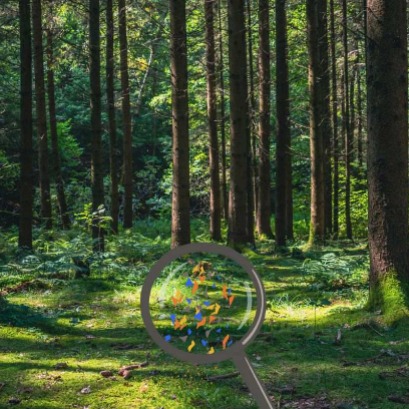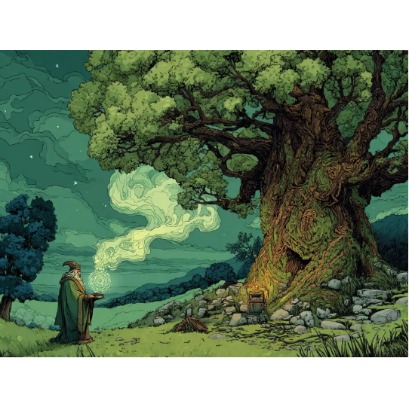
Specialist in scanner technology in the wood - processing industry
(Friesach/Carinthia, February 27, 2018) SPRINGER Group, a leading international technology supplier, has acquired a majority stake in Finnish company FinScan. A company with its head office in Espoo (Helsinki area) is a specialist in scanners and software for automated optimization of lumber in sawmills. FinScan has installed more than 400 scanners in over 20 countries around the world.
Timo Springer, CEO of SPRINGER-Group is pleased about the growth: With the majority stake in FinScan we extend our market product portfolio as an integrated technology provider for the wood-processing industry. From now, we have an extensive range of optimization systems in the wood-processing industry at our disposal and that way, we can expand our technological and innovative leadership. “We see good opportunities to grow and strengthen our position in the future together. We are looking forward to working together”,
“FinScan is very successful, has long time customers and has a clear portfolio of sophisticated scanner solutions at its disposal. Through the merger with SPRINGER we expect a further technological progress”, confirms Jyri Smagin, CEO of FinScan Oy, who will continue running the company at the same managing position.
Para mayor informacion: http://springer.vetas.com

IT MAY INTEREST YOU
 Since 2,000 were not enough, he planted 130,000 trees: he challenged the desert and turned it into an oasis
Since 2,000 were not enough, he planted 130,000 trees: he challenged the desert and turned it into an oasis
Its story is a testament to the human capacity to transform the environment through conscious action and respect for nature.
 New German study discovers that forests store up to one million microplastics per square meter after decades of plastic rain
New German study discovers that forests store up to one million microplastics per square meter after decades of plastic rain
Researchers at the Technical University of Darmstadt discovered that forest floors contain large amounts of microplastics, which arrive mainly through air.
 These are the “Druid oaks”, ancient trees from British forests that are associated with the pagan past.
These are the “Druid oaks”, ancient trees from British forests that are associated with the pagan past.
Discover the druid oaks, centuries-old trees with a deep link to the druidic tradition and its symbology






















